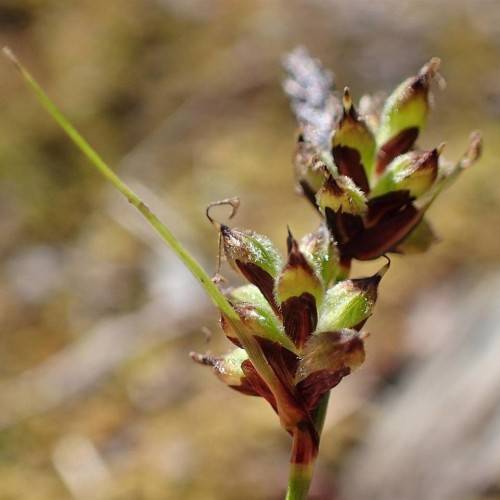
Beautiful Sedge
Carex concinna
Also Known As - Low Northern SedgeWatering:
Average
Hardiness Zone:
Sun:
full sun,part shade
Leaf:
Yes
Growth Rate:
Low
Drought Tolerant:
Yes
Salt Tolerant:
Yes
Care Level:
Medium
watering
Fibrous-Root Sedge should be watered 1-2 times per week, allowing the soil to dry out between waterings. During warm weather, it may require more frequent watering. During the winter, reduce watering to once per month or less since the plant does not actively grow during this time. To water, use a gentle stream of tepid water and avoid saturating the soil.
sunlight
Fibrous-Root Sedge (Carex communis var. communis) grows best in full sun or partial shade. In climates with strong solar radiation, such as the Mediterranean climate, it is best to give the plants a few hours of afternoon shade, especially during the hottest months of the year. In areas with milder climates, full sun exposure is ideal for optimal growth.
pruning
Fibrous-Root Sedge (Carex communis var. communis) should be pruned in late winter or early spring. In order to encourage healthy growth, it is best to remove up to half of the top growth. This can be done by cutting the plant back to 4-5 inches above the ground. It is important not to take off more than half of the top growth as this can weaken the plant. The best time to prune Fibrous-Root Sedge is shortly after it produces its new growth in the spring. This timing allows the plant to regrow quickly and remain healthy.
